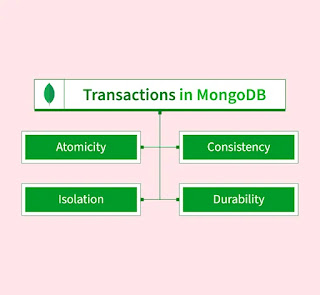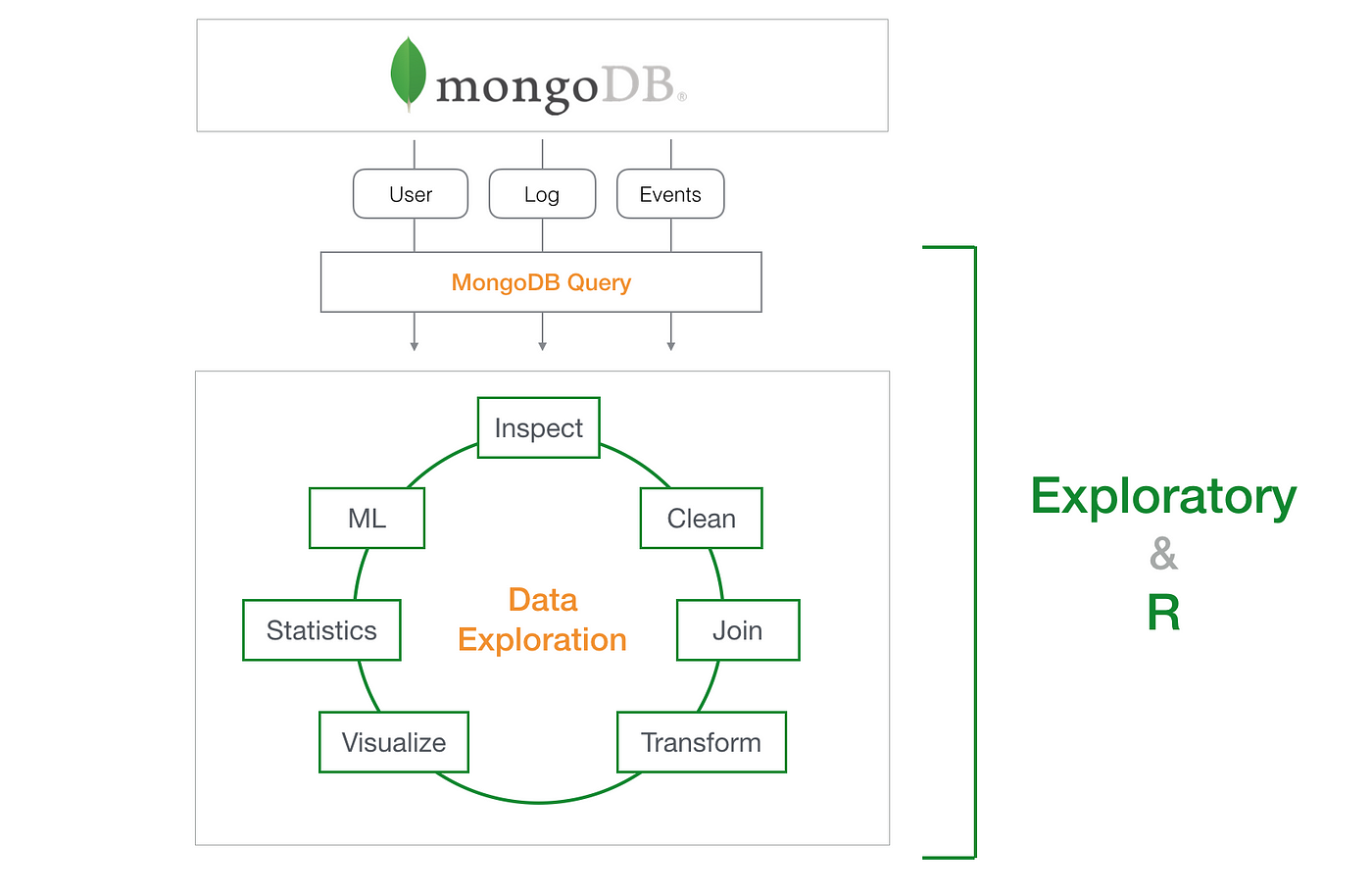Topic - Transactions in MongoDB
🔄 Understanding Transactions in MongoDB: A Complete Guide
MongoDB is known for its flexibility and scalability, especially in handling large amounts of unstructured data. Traditionally, MongoDB wasn’t designed for multi-document ACID transactions like relational databases. But with the release of MongoDB 4.0 and above, that changed.
In this blog, we’ll explore:
-
What transactions are
-
Why they are important
-
How transactions work in MongoDB
-
Practical examples
-
Best practices
✅ What is a Transaction?
A transaction is a sequence of operations performed as a single logical unit of work. It either completes entirely or doesn’t happen at all. This concept is essential in ensuring data consistency, especially in applications like banking, inventory systems, or booking platforms.
In relational databases, transactions are common. MongoDB introduced multi-document transactions starting from version 4.0 (for replica sets) and later extended support to sharded clusters in version 4.2.
🔍 Why Use Transactions in MongoDB?
MongoDB’s document model often allows storing related data in a single document, reducing the need for transactions. But sometimes, you need to:
-
Modify multiple documents in different collections
-
Ensure atomicity across updates
-
Prevent partial writes during critical operations
Use cases include:
-
Transferring money between accounts
-
Updating stock inventory and order status
-
Creating a user and initializing associated profile and settings
⚙️ How Transactions Work in MongoDB
MongoDB uses the ACID properties for transactions:
-
Atomicity: All or nothing
-
Consistency: Data remains valid after the transaction
-
Isolation: Transactions run independently
-
Durability: Once committed, changes are permanent
🧪 Basic Syntax in MongoDB (Node.js Example)
📌 Key Points:
-
Always start a session using
startSession() -
Use
startTransaction()to begin -
All operations must include the session object
-
Use
commitTransaction()orabortTransaction()to end
⚠️ Important Considerations
-
Performance: Transactions can slow down performance due to locking mechanisms.
-
Duration: Keep transactions short-lived to reduce the risk of conflicts.
-
Retry Logic: Be prepared to retry transactions in case of transient errors.
-
Write Concerns: Set appropriate write concerns (
majority) for data durability.
🔄 Transactions in Sharded Clusters
As of MongoDB 4.2+, you can use transactions across sharded clusters. However, they may involve coordination across shards, which can add overhead. Ensure that your data distribution strategy supports transactional consistency when needed.
🧠 When Not to Use Transactions
MongoDB's design encourages embedding related data in a single document. This often eliminates the need for multi-document transactions. Before using transactions, consider:
-
Can the data be embedded?
-
Is atomicity achievable using a single document?
Example: Instead of using two collections for a user and profile, embed the profile inside the user document.
✨ Conclusion
MongoDB transactions bring powerful ACID guarantees to a NoSQL database, allowing developers to build more complex and reliable
Asmita Banerjee
University: Shree Balaji University, Pune
School: School of Computer Studies
Course: BCA (Bachelor of Computer Applications)
Interests: NoSQL, MongoDB, and related technologies
By combining MongoDB’s natural strengths with the right use of transactions, you get the best of both worlds — flexibility and consistency.




informative nice work
ReplyDeleteNice work
ReplyDeleteUseful and informative blog
ReplyDeleteNice blog
ReplyDeleteImpressive
ReplyDeleteInsightfull and very well written blog post
ReplyDeleteVery informative and useful information
ReplyDeleteNice
ReplyDeleteIt's very nice helpful and well explained.
ReplyDeleteGood work
ReplyDelete